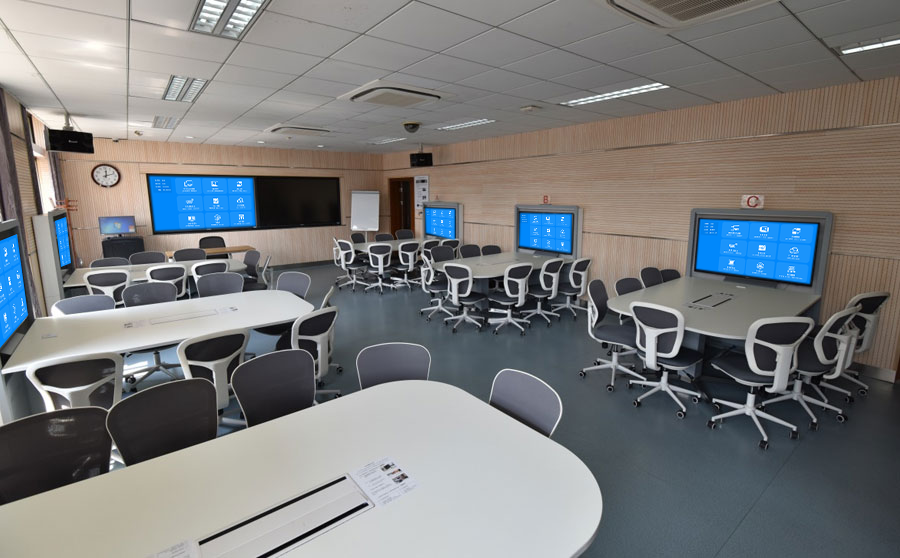Multi-Screen Interaction: Full-Scenario Collaboration Solution
The multi-screen interaction solution breaks the limitations of single-screen use, enabling seamless content flow and real-time linkage between devices such as mobile phones, computers, tablets, and large screens. Free from cable constraints, devices “communicate” more harmoniously in office, teaching, and home scenarios.
Cross-Device Interconnection, Unobstructed Content Flow
Whether it’s mobile phones/tablets running Android or iOS systems, or computers with Windows or macOS, all devices can automatically recognize and connect to each other under the same network. Connection can be completed with a QR code scan or a simple tap, and both new and old devices are compatible. After connection, content can be freely transferred across screens: on-site photos taken with a mobile phone are instantly sent to a computer for organization; plans on a computer can be easily pushed to a tablet for on-the-go viewing; annotations on a tablet are synchronized to a large screen for display—no need for USB drives or file transfer tools as intermediaries.
Flexible Interactive Functions, Smooth Operation
It supports multi-screen simultaneous display and split-screen display:
- In teaching scenarios: Teachers’ courseware can be cast to both the classroom’s main screen and students’ tablets at the same time, so students in the back row can clearly see the content even when looking down.
- In meetings: The large screen can display plans from 4 different devices simultaneously in split-screen mode, eliminating the need for frequent switching during comparative discussions.
Cross-screen control is also available:
- A tablet can be used as a “remote control” for the large screen, allowing page turning and annotation without approaching the screen.
- A computer can take over the operation of a mobile phone— incoming calls and messages on the mobile phone can be directly viewed and answered on the computer, avoiding the chaos of switching between devices.
Adaptable to Multiple Scenarios, High Practicality
- Teaching Scenarios: Students can cast problem-solving steps from their tablets to the main screen to ask questions, and teachers can directly circle and explain on the main screen. During group discussions, the content from each group’s tablet is displayed on the main screen in split-screen mode, making mutual learning more intuitive and classroom interaction more active.
- Office Scenarios: Team members can search for information on their respective devices, and valuable content can be cast to the large screen for sharing at any time. During discussions, annotations and modifications made on personal devices are synchronized to the large screen for everyone to see, doubling collaboration efficiency.
- Home Scenarios: Mobile phones can cast movies and TV shows to the TV, while tablets synchronously display the playback control interface, making it more convenient to adjust the progress while lying down. Family members can select photos on their own devices and cast them to the large screen to create a “family photo album”, making sharing more atmospheric.
Administrators can remotely check the interaction status of devices and set access permissions to avoid interference. Devices can be used as soon as they are connected to the network, without complicated wiring. Multi-screen linkage maximizes the value of each device.
